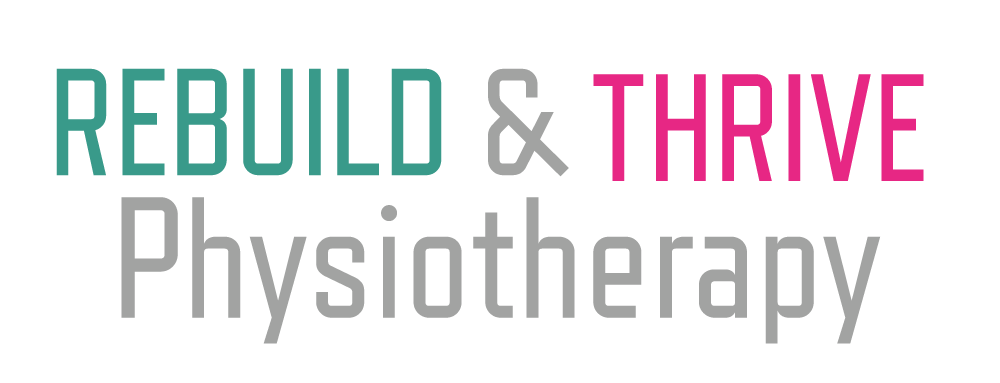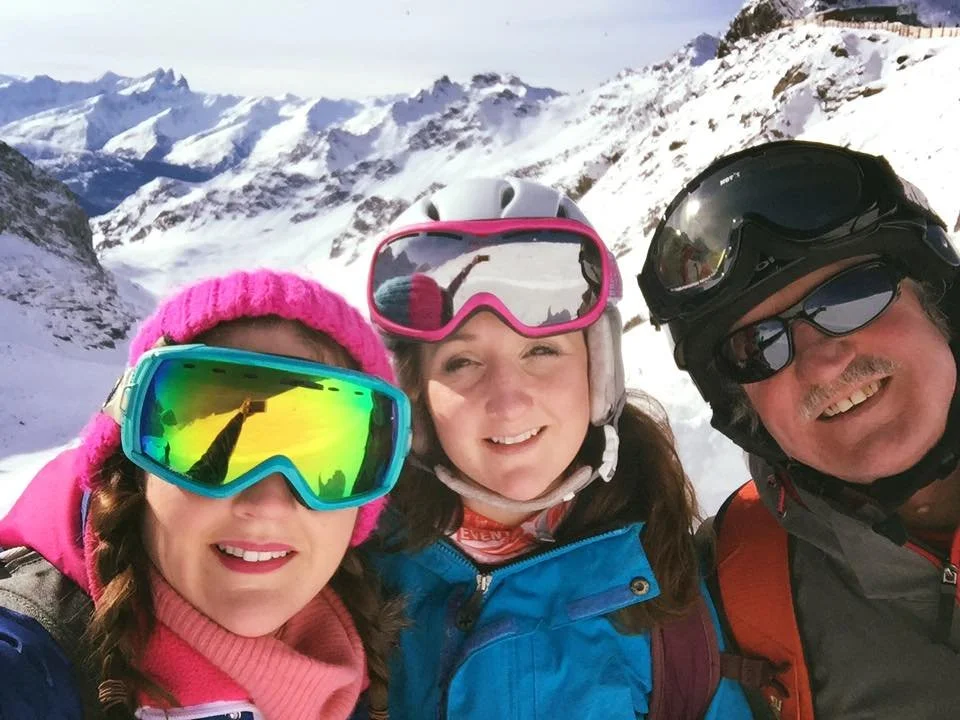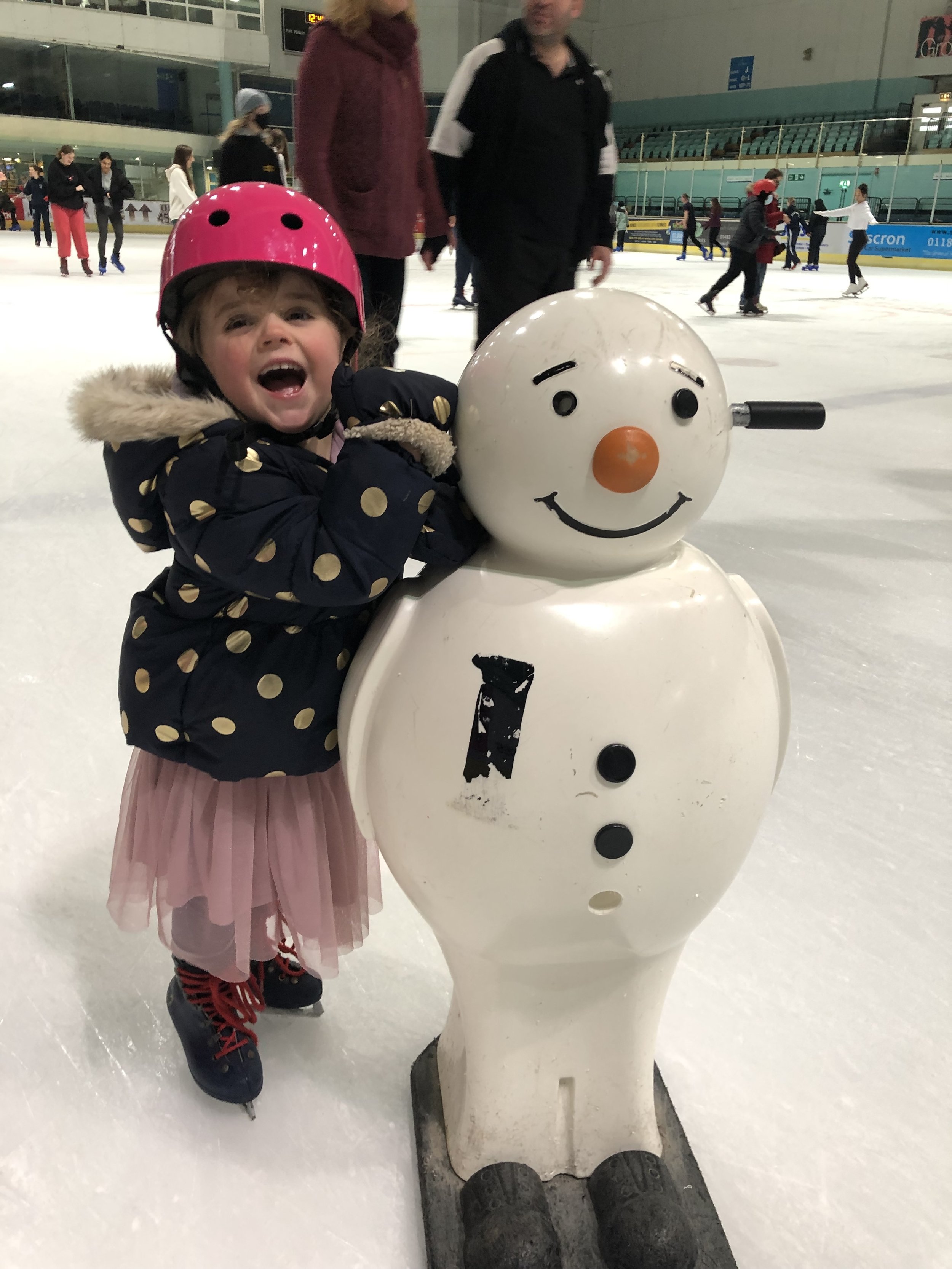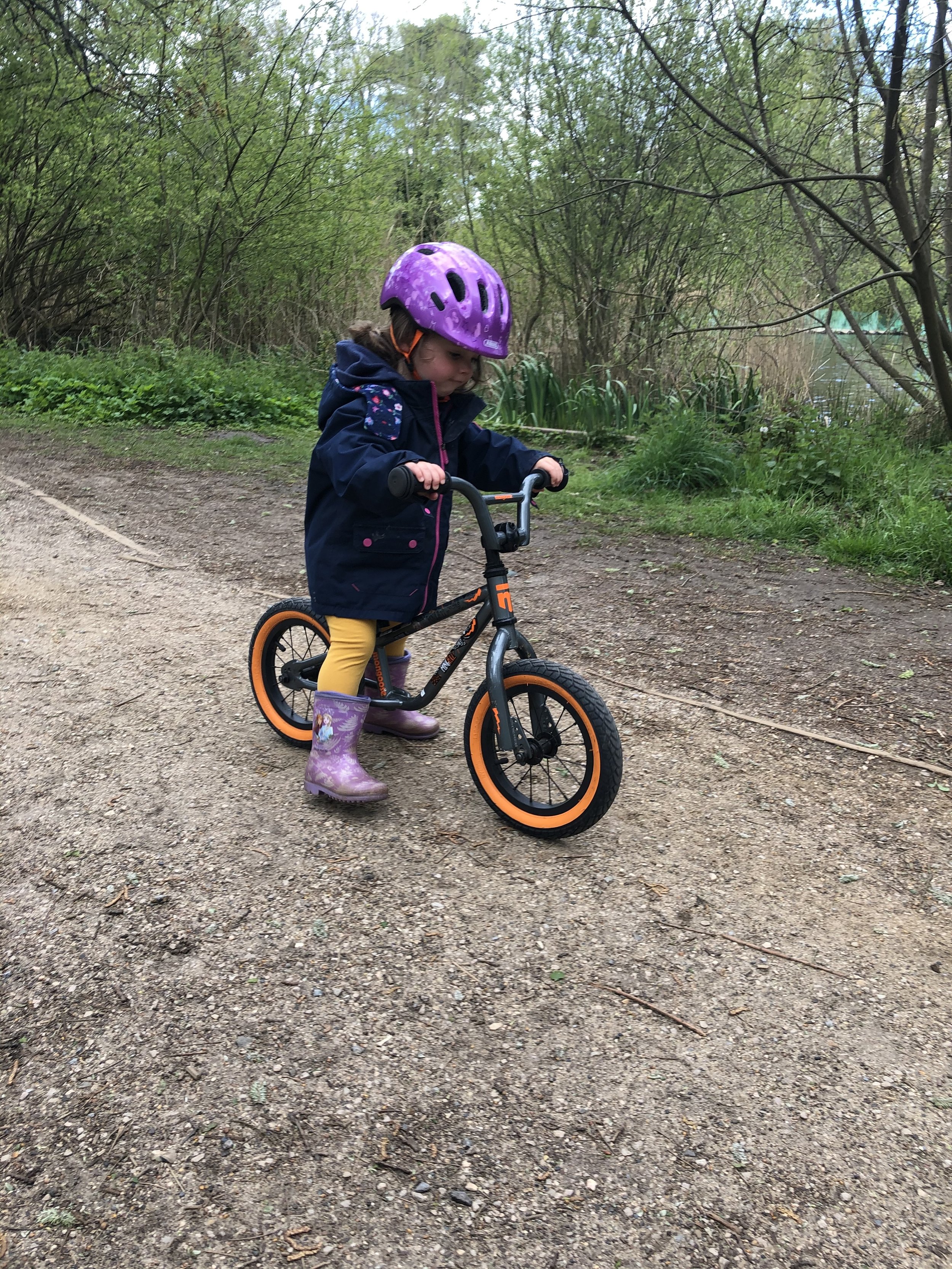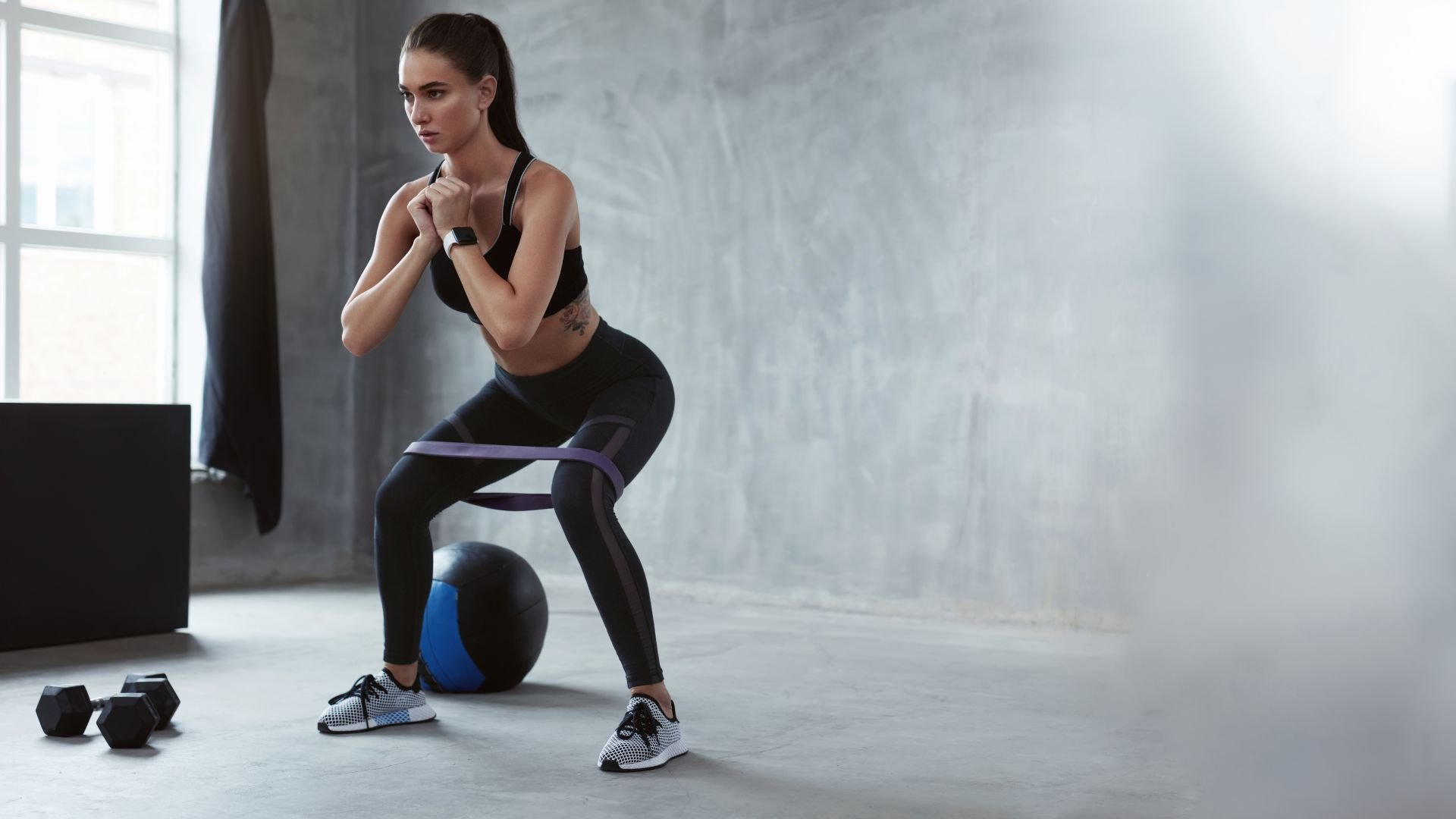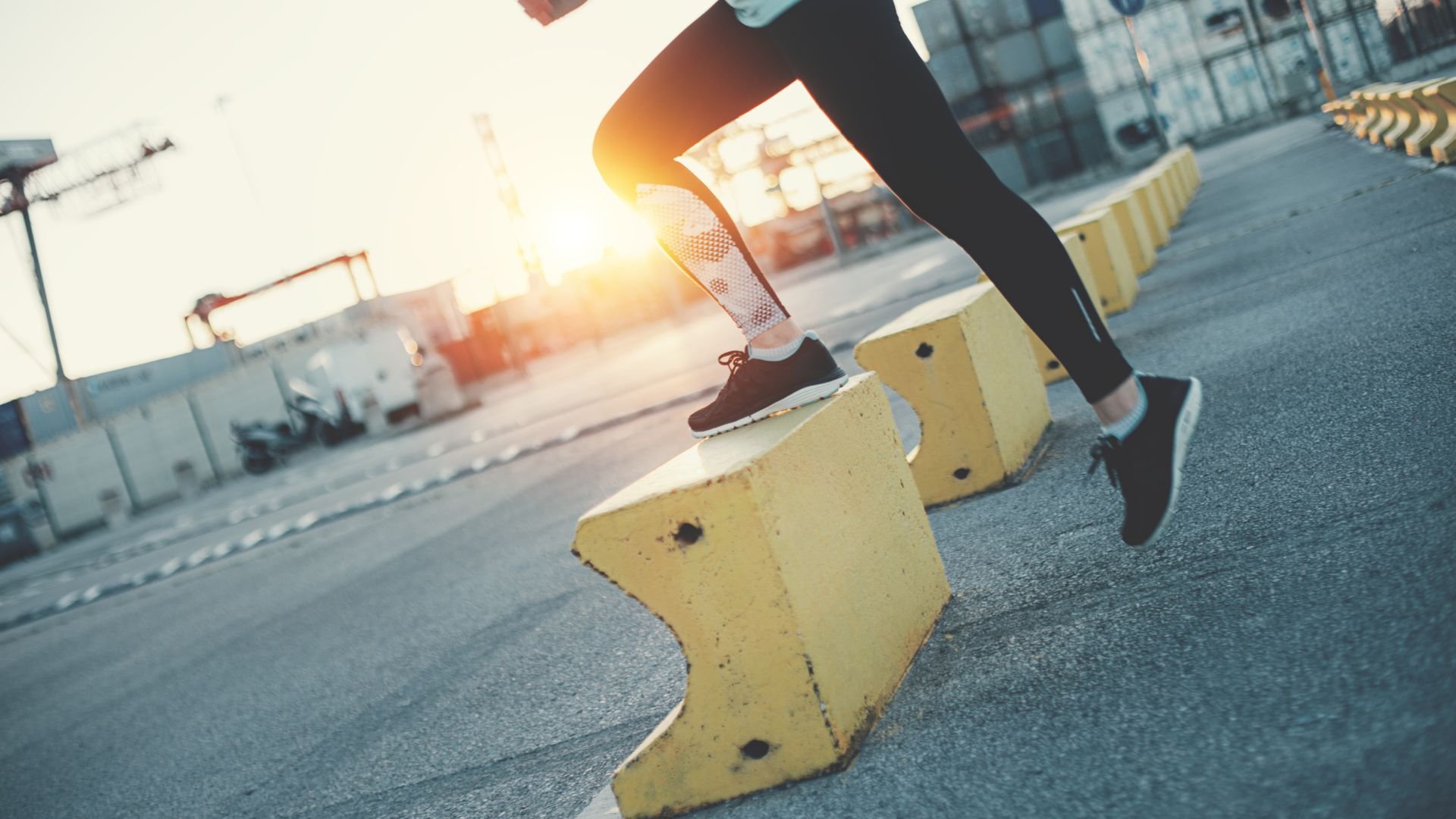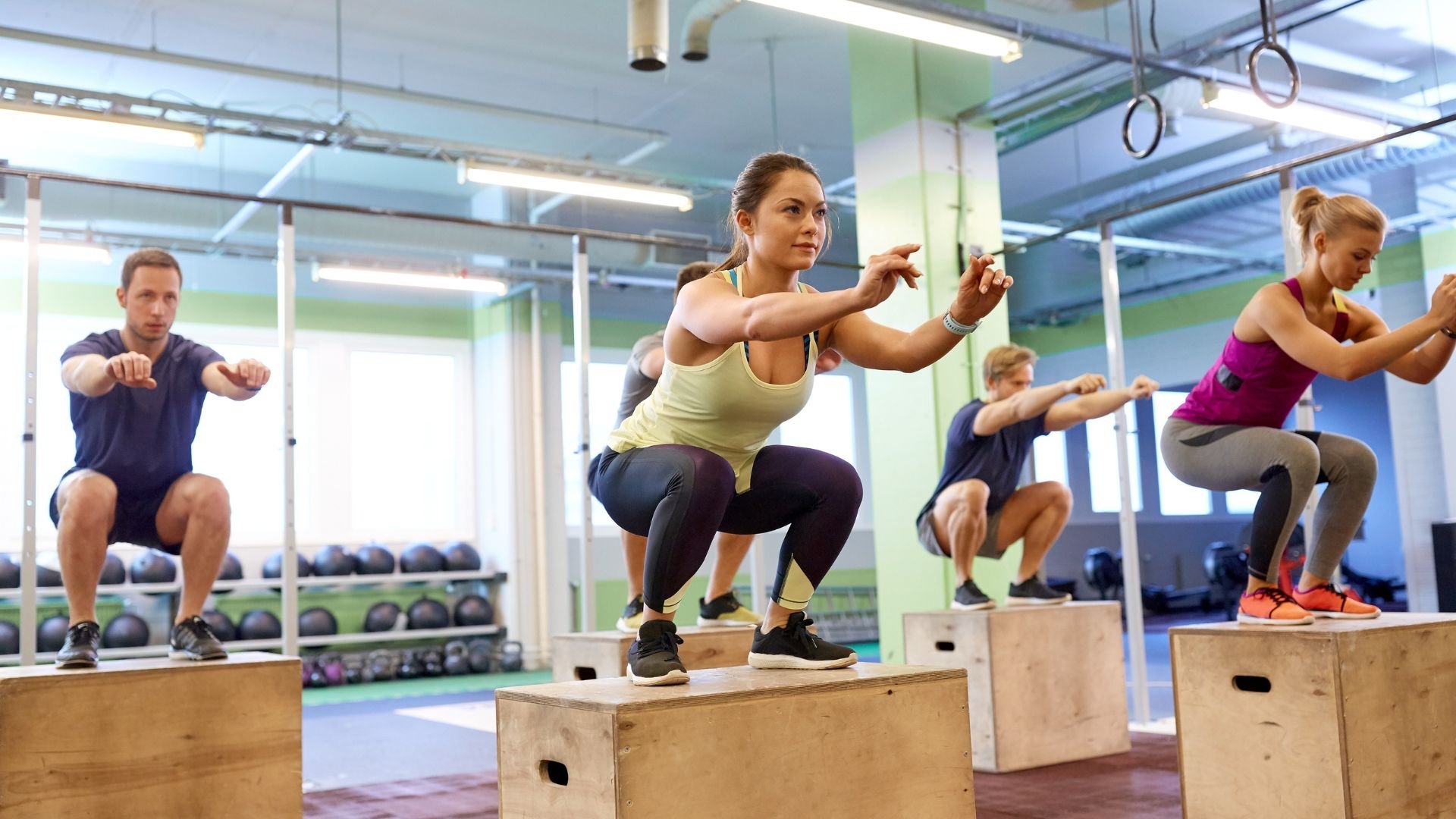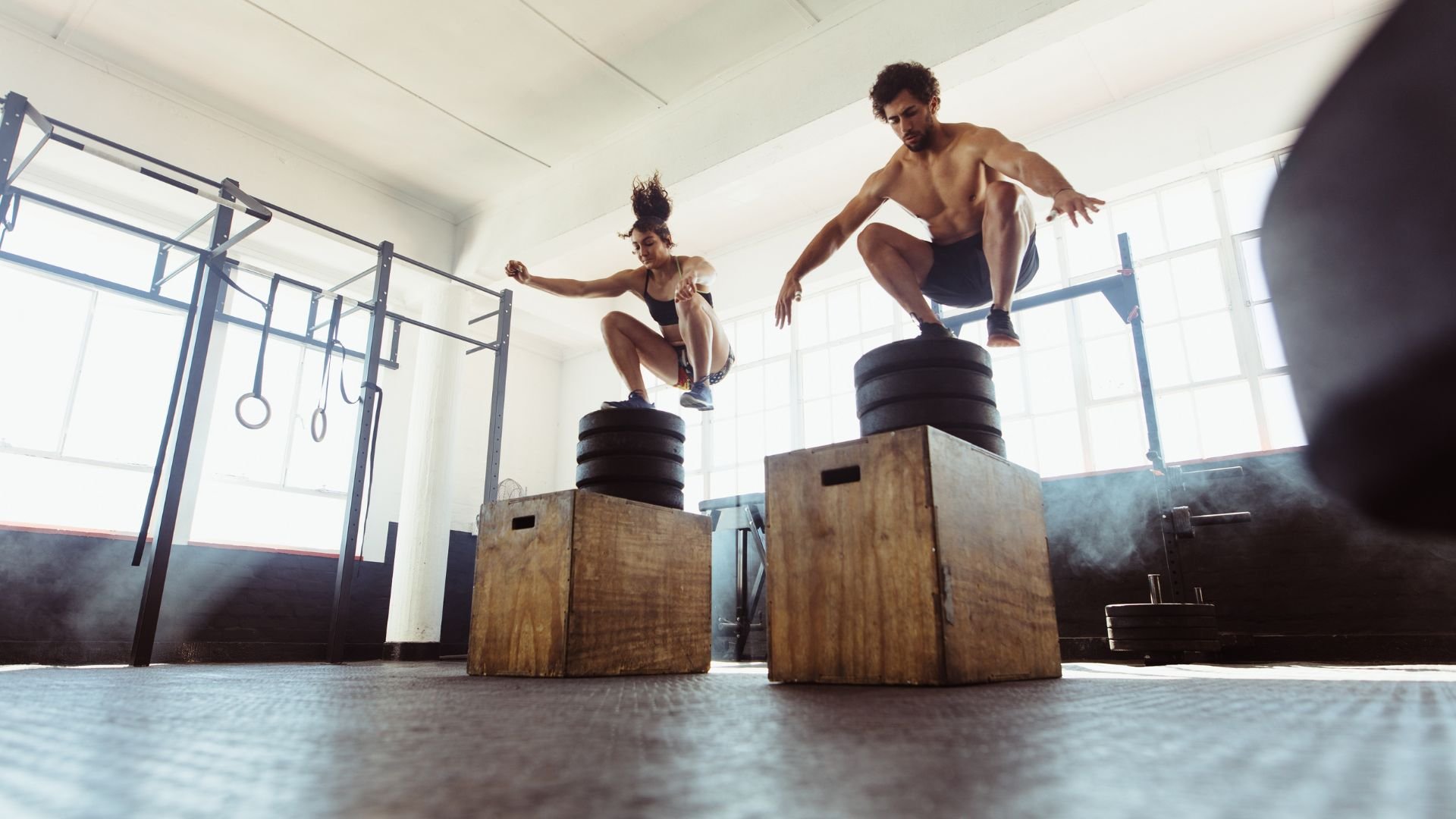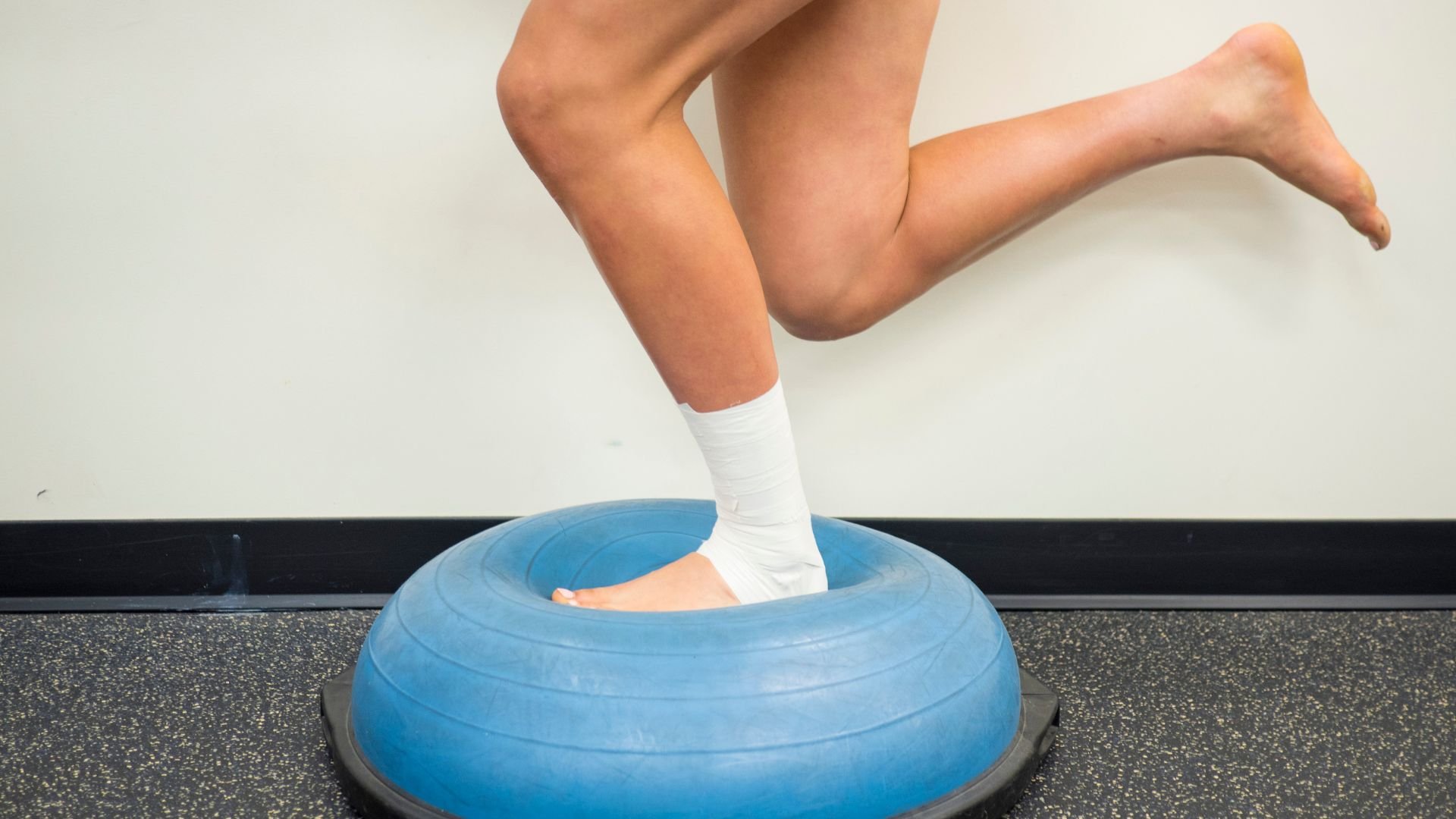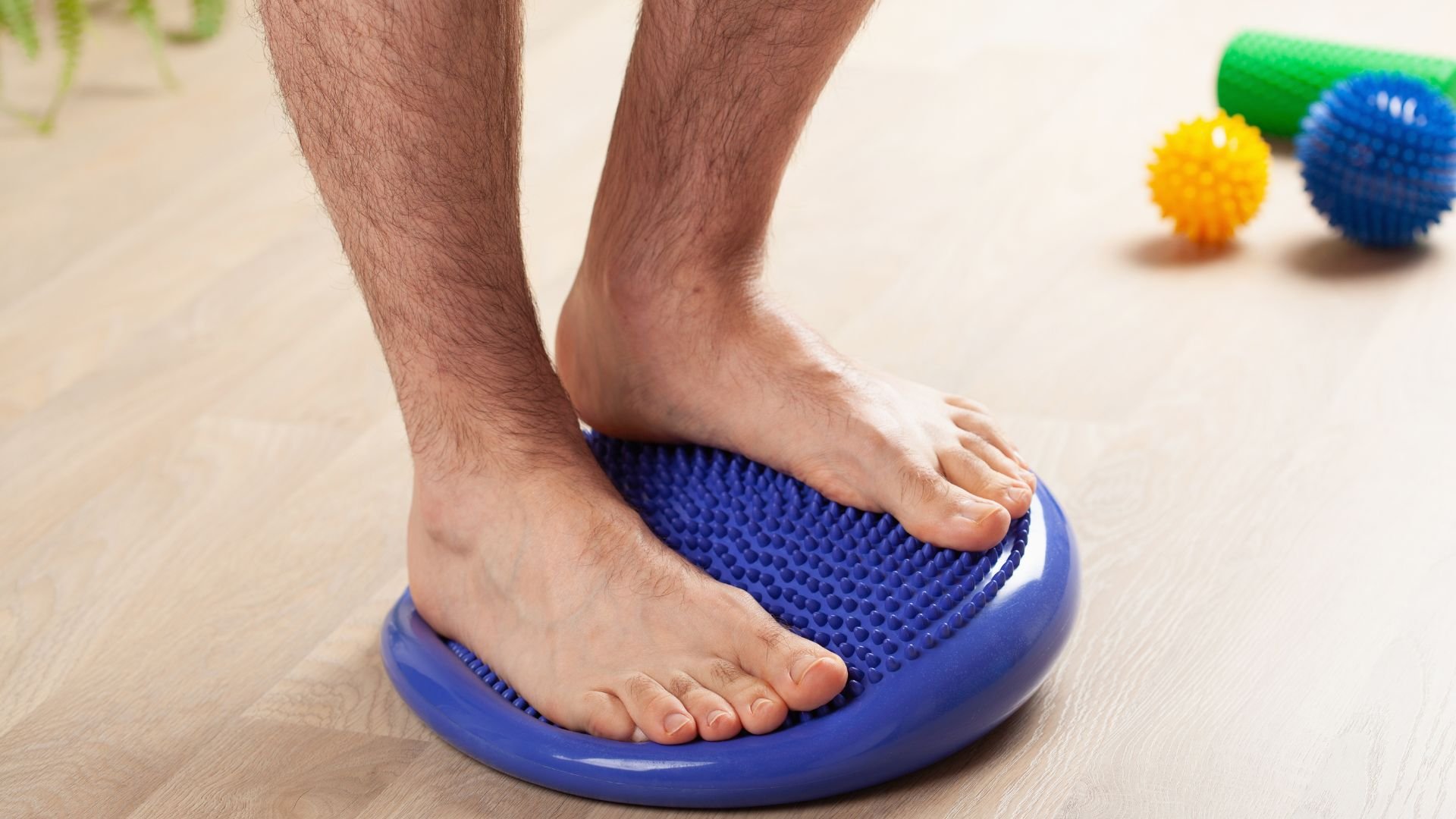Preparing to take the family skiing this year
A ski holiday is not only an exhilarating adventure but also a physically demanding experience that requires a certain level of fitness. Whether you are a seasoned skier or a first-timer hitting the slopes, preparing your body is essential to make the most of your winter getaway and help to avoid injury. If you are also introducing children to the magical world of skiing and you are keen to make it an exciting and memorable experience for the entire family then it is important to make thoughtful preparations before you go.
Here’s my guide to help you prepare your body for the slopes whilst also doing family fun activities to prepare your child physically, and build excitement and a positive attitude for your ski holiday.
My dad was a ski instructor and I have fond memories of skiing and racing through the trees as a child, which I would love to recreate for my daughter. My dad would have loved for me to follow in his footsteps and become a ski instructor however, I chose to become a physiotherapist on the basis I could work before and after the lifts were open as needed to maximise my ski time! Oh, where did the years go, here I am a mother now preparing to go on our first family ski trip with our 5-year-old daughter. So I thought I would share how I am preparing our family for our ski trip this year. This is a combination of hints I have picked up throughout my physiotherapy career, as the daughter of a ski instructor and now mother. I hope you find it helpful.
To ensure that my little ones have a safe and enjoyable time on the slopes, I am aiming to build excitement, choose the right gear and foster a positive attitude, here's a guide of what I am doing that I hope will help you prepare young children for their first skiing holiday too.
Building Excitment - I have been talking to my daughter about it showing her pictures and videos of other children skiing and even telling her about my adventures skiing with my dad when I was younger to help build her curiosity and excitement.
Active play - Firstly, take some pressure off yourself and remember that all the physical activity your child is already doing will be helping. Whether that is, outdoor play, trampolining, gymnastics, tumbling classes and swimming will all be beneficial. It teaches them coordination, body awareness, landing balance, leg strength, spacial awareness and cardiovascular fitness. All of which is laying the foundations and building confidence to prepare them for the slopes. However, to give them the extra edge here are my top 3 activities for transferable skills to skiing:
Ice skating - Ice skating is an excellent activity to improve balance and coordination, which are crucial skills for skiing. The experience of gliding on ice can help them become more comfortable with the idea of sliding on snow. At our local ice skating ring they do ice skating lessons from 5 years old. The block of 12 worked out cheaper than our swimming lessons! As a ski instructor, my dad was a big advocate of taking children ice skating to help them with their skiing and as I watch my daughter in her lessons I see such similarities in the skills taught in ski lessons including balancing on one leg whilst sliding and hands on knees to encourage the forward lean and prevent falls.
Rollerblading or Roller skating - Similar to ice skating but more accessible it helps to build their confidence and develop leg strength, balance, and coordination. These activities mimic some of the movements involved in skiing, making them valuable for building foundational skills. Find a local roller rink or suitable outdoor space for your child to practice.
Balance Bikes - Using a balance bike is also an excellent way to enhance your child's balance and stability. Riding a balance bike helps them develop a sense of equilibrium, which is beneficial for skiing. Encourage them to practice riding in open spaces, parks, or dedicated bike paths.
Now let’s get you ready… So if you are anything like me making the time to keep yourself fit around work, home life and running children to all the million activities that (I have just listed above) doesn’t give you much time to yourself or your routine. So how can we make it work best for us?
Firstly try to do as many of the activities above together as possible as if it is helping their fitness and skills to get back on the slopes it will help yours too, so yes go for a family ice skating session.
Family days at the dry ski slopes - Can you book a few lessons on a dry ski slope or snowdome? Now, I know what you thinking… dry ski slopes feel nothing like being on snow, however, they are a great and more affordable way to get your ski legs back. It doesn’t feel as good as the snow but back when I was at university I learnt to race on dry ski slopes and I didnt realise it at the time but when I went back on the snow after I noticed a huge difference in my skiing ability so if you can definetly go practiced on the dry ski slopes.
Improving your strength and balance - As a physiotherapist, I have always been a bit of a geek when it comes to ensuring my daughter works on her balance and movement skills, we are always climbing and working on our single-leg balance essential for skiing. We create obstacle courses with household items, I also have wobble cushions that are cheap and travel-friendly and are great for child play and rehab (for you too). I have created a strength and conditioning home workout routine. This can be adapted to your starting ability and requires minimal equipment.
Exercises include but are not limited to:
Squats +/- theraband around knees
Wall squats
Step-ups and control DOWN the stairs
Single leg balance
Single leg dips
Balance exercises single and double leg I.E. on wobble cushion or bosu ball.
box jumps
Core Stability: A strong core is essential for maintaining balance and stability while skiing. Engage in core-strengthening exercises like planks, and Russian twists to build strength in your abdominal muscles. I like to make this more functional and do core workouts whilst in a standing position - for example, split lunge with ball rotations, woodchops and reverse woodchips on a cable machine if you have access to one if not with a free weight or ball can also be helpful. Incorporate stability ball exercises to challenge your core further, simulating the dynamic movements you'll encounter on the slopes.
Cardiovascular Conditioning - Skiing is an intense cardiovascular activity that engages multiple muscle groups. To prepare for the slopes, focus on exercises that enhance your endurance and cardiovascular fitness. Activities such as running, cycling, and brisk walking can effectively elevate your heart rate and improve stamina. Aim for at least 30 minutes of moderate to high-intensity cardio sessions, gradually increasing the duration as your ski holiday approaches. For me, this is my dog walking/running time.
Aerobic Fitness - In addition to cardiovascular conditioning, building aerobic fitness is crucial for high-altitude activities. Engage in activities that mimic the altitude and endurance demands of skiing. If possible, incorporate altitude training or use a stair climber to simulate the uphill aspects of skiing, enhancing your lung capacity and oxygen efficiency. Ideally, I will do some hill sprint training for this, but most likely I will be getting a lot of my aerobic training by playing chase around the house with my daughter and (safely) running up the stairs
Remember to keep the activities enjoyable, and age-appropriate and adapt them to your fitness levels. Building confidence and skills should be a positive and fun experience for you and your child, setting the stage for a successful and enjoyable family skiing holiday.
If you would like any further assistance or advice please don’t hesitate to contact me.
Michelle Norton-Hughes
www.rebuildandthrive.co.uk
Michelle@rebuildandthrive.co.uk
